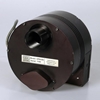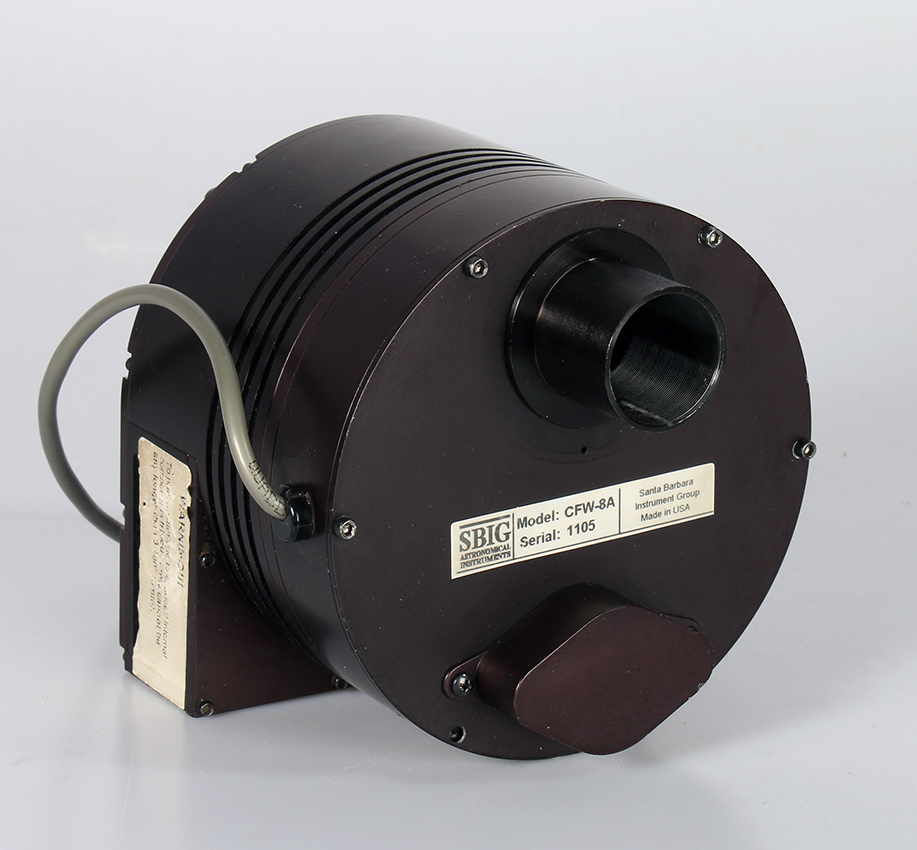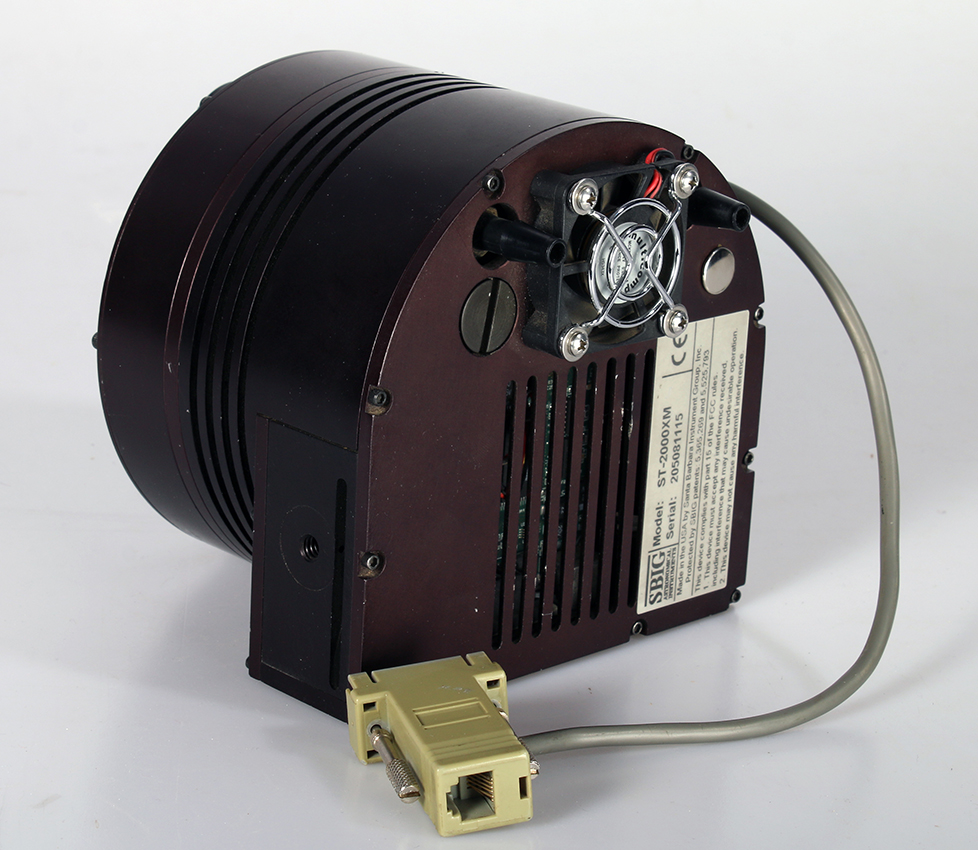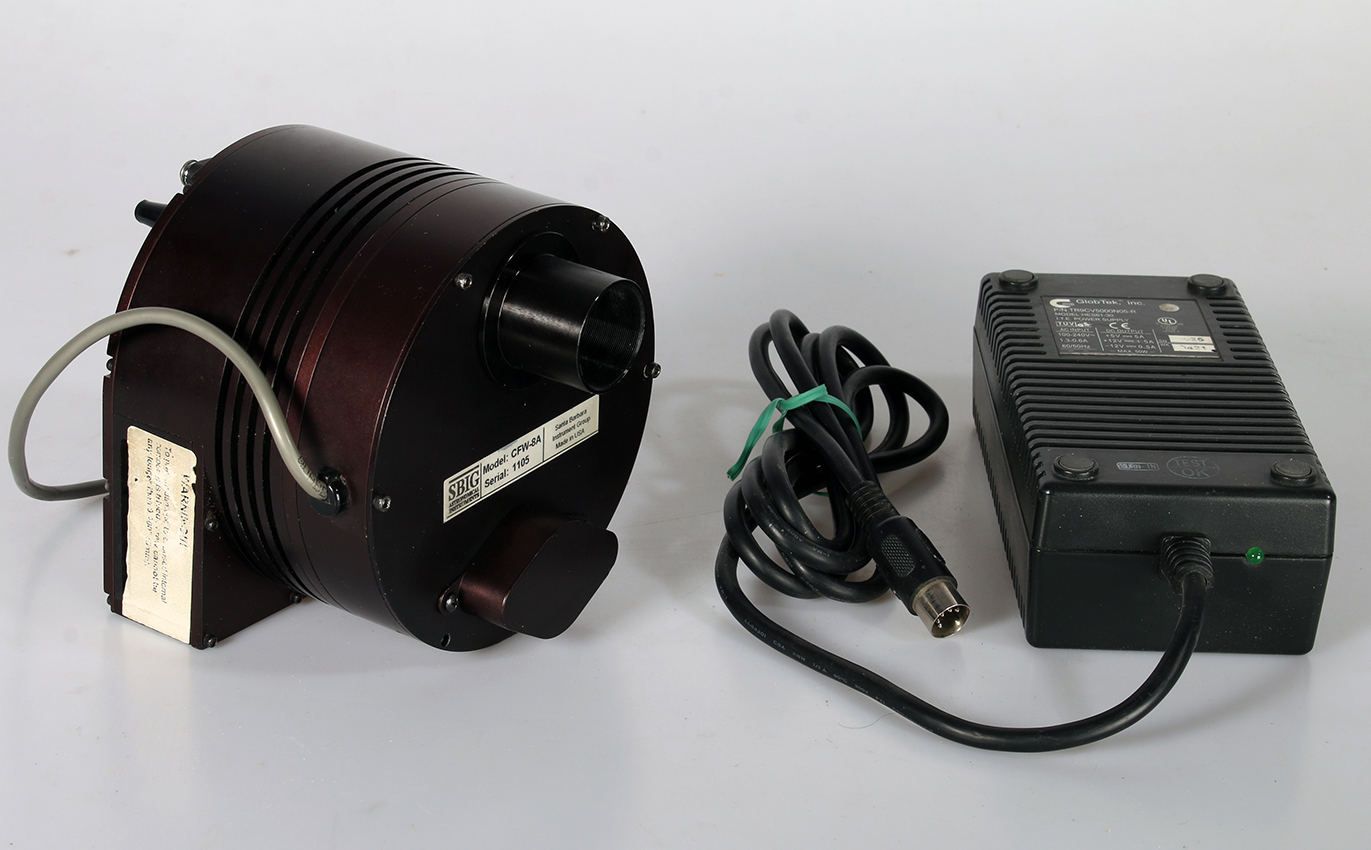
ST-2000XM and ST-2000XMI
Multi-megapixel CCD Cameras
ST-2000XM SELF-GUIDING |
Our customers have been invaluable sources of inspiration and direction. It was in direct response to customer inquiries that we developed the ST-2000XM. Now those who wanted something bigger and better but at a lower price than the ST-8 or ST-10 have got what they asked for. The ST-2000XM has been developed to meet the needs of the astro-imager looking for:
The ST-2000XM and ST-2000XMI cameras are the same, except that the ST-2000XMI does not include the built-in TC-237H tracking CCD and some of the accessories that are included with the ST-2000XM (see the comparison table below). In March of 2006 we also added the Remote Guide Head Port to both the single sensor ST-2000XMI and dual sensor ST-2000XM cameras. Both versions use the same high quality interline CCD from Kodak, the KODAK DIGITAL SCIENCE™ KAI-2020M Image Sensor Megapixel Progressive Scan Interline CCD. The KODAK DIGITAL SCIENCETM KAI-2020M is a high-performance multi-megapixel image sensor designed for a wide range of scientific, medical imaging, and machine vision applications. The 7.4 mm square pixels with microlenses provide high sensitivity and the large full well capacity results in high dynamic range. The vertical overflow drain structure provides antiblooming protection, and enables electronic shuttering for precise exposure control to 0.001 seconds. Other features include low dark current, negligible lag and low smear. The KAI-2020M CCD is a 2 megapixel progressive scan detector with an active image area of 1.92 million pixels. The active image area is 1600 x 1200 pixels. This array is 75% larger than the Sony CCD used in competitors' "megapixel" cameras, nearly as large as an ST-8XME, and the ST-2000XM is a self-guiding camera, utilizing SBIG's patented dual sensor design. Although the imaging CCD is nearly the same size as the KAF-1603ME used in the ST-8XME, due to the smaller pixel size it contains nearly half a million more pixels than the ST-8XME.
KAI-2020M 2 Megapixel CCD |
The latest KAI-2020M 2 megapixel CCD retains the improved QE of the KAI-2001M and adds a high gain output amplifier that reduces the read noise by almost half compared to the previous CCD. In addition to lower read noise, the bright points have been reduced by a factor of ~10X and our tests show the typical dark current is also reduced by approximately 2Xcompared to the previous versions of the CCD. These same improvements are also found in the single shot color version of the CCD used in the ST-2000XCM color camera as of July, 2004 (All ST-2000 monochrome and color cameras beginning with serial number 20407000 or higher). Previously, Kodak improved the Quantum Efficiency of the 2000 series CCD when it upgraded the KAI-2000M to the KAI-2001M. This higher higher QE is retained in the new KAI-2020M, with approximately 25% to 40% higher QE (10% to 15% absolute) across the visible spectrum than the former KAI-2000M. Also, In August, 2003, we switched to the larger TC-237H built-in guiding CCD instead of the TC-211. This improvement was the same as the upgraded autoguider installed on the larger ST-8XE, ST-9XE and ST-10XE cameras.
In May of 2004 SBIG began including a custom Pelican carrying and storage case with the ST-2000XM and ST-2000XCM models. This case is dustproof, waterproof and crushproof and carries a lifetime guarantee from Pelican. As of the date of this announcement, we are also upgrading the version of TheSky software by Software Bisque that we include with the ST-2000XM camera from version 4 to version 5, a $129 value. If you have a Macintosh computer running OS-X we will even throw in Equinox camera control and planetarium software for the Mac as well! A Linux acquisition program is free and other Linux software is also available. We continue to include CCDSoftV5 in addition to CCDOPS version 5 the most complete package of camera control, image processing, astrometric, star charting and planetarium software available with any new CCD camera from any manufacturer. Upgrades are available for most of these improvements for older ST-2000XM camera owners. All of these improvements have come at no additional increase in the price of the ST-2000XM camera since it was introduced. In fact, the ST-2000XM is priced lower in 2005 than it was in 2004.
The full frame download time is approximately 4.5 seconds with our high speed USB electronics. This camera is also fully compatible with all of our existing accessories such as the CFW8 filter wheel and AO-7 adaptive optics device. The ST-2000XM has antiblooming protection and the quantum efficiency is comparable to the ABG versions of the enhanced full frame "E" detectors used in the former ST-7XE and ST-8XE cameras with a shift in the peak sensitivity toward the blue. Compared to the ABG versions of the full frame "E" series cameras, the ST-2000XM is more sensitive in the blue and green, and slightly less sensitive in the red. Moreover, because the ST-2000XM has two CCDs (a guiding CCD as well as an imaging CCD) in the same camera head, it is capable of self-guiding without any compromise in the quantum efficiency of the imaging CCD. In other words, not only CAN it self-guide, it can do so without having to double the exposure time to compensate for the guiding feature.
Improved Read Noise and Dark Current
| Parameter | KAI-2000M KAI-2001M | KAI-2020M |
| Typical Read Noise (rms) average | 13.5 e- | 7.6 e- |
| Typical Dark Current (average e-/p/s at 0 deg. C ) | 0.18 e- | 0.06 e- |
| Typical Dark Current in the top 1% of pixels | 2.5 e- | 1.1 e- |





1400/12/02 در 12.58 صبح
لورم ایپسوم متن ساختگی با تولید سادگی نامفهوم از صنعت چاپ و با استفاده از طراحان گرافیک است. چاپگرها و متون بلکه روزنامه و مجله در ستون و سطرآنچنان که لازم است و برای شرایط فعلی تکنولوژی مورد نیاز و کاربردهای متنوع با هدف بهبود ابزارهای کاربردی می باشد.پاسخ